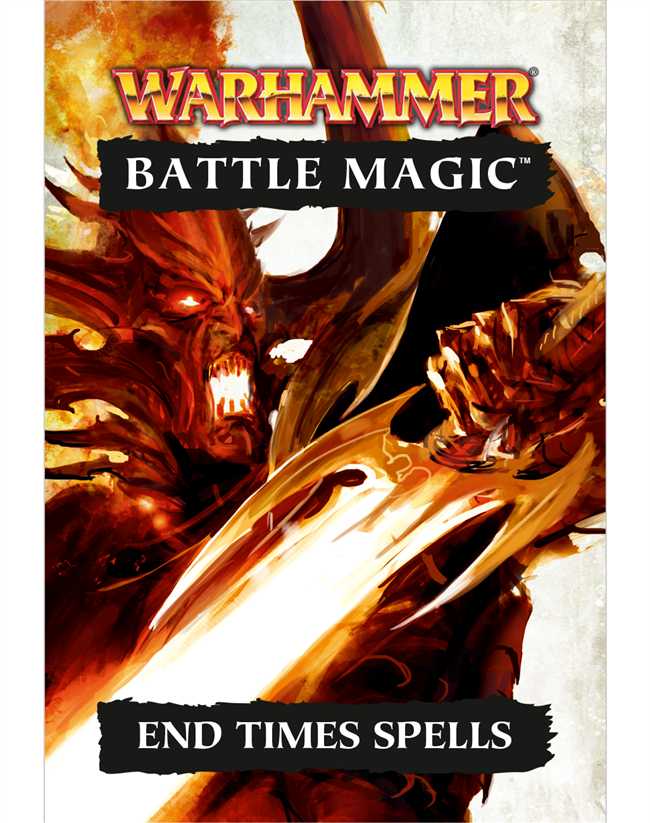The Magic Of Psychotronic Power Ebook Torrents

Pulp magazines (often referred to as 'the pulps'), also collectively known as pulp fiction, refers to inexpensive fiction magazines published from 1896 through the 1950s. The typical pulp magazine was seven inches wide by ten inches high, half an inch thick, and 128 pages long. Pulps were printed on cheap paper with ragged, untrimmed edges. The name pulp comes from the cheap wood pulp paper on which the magazines were printed.
Find great deals on eBay for psychotronic book. Shop with confidence. Skip to main content. EBay Logo: Shop by category. Shop by category. Enter your search keyword. The Psychotronic Encyclopaedia of Film by Weldon, Michael Paperback Book The See more like this. ' A psychotronic device to measure human vitality levels but also works great to test for psychokinesis (PK) in people and apparitions.' 'The Egely Wheel. A psychotronic device which has been used to test for and train/hone psychokinetic (PK) abilities.'
Magazines printed on better paper were called 'glossies' or 'slicks.' In their first decades, they were most often priced at ten cents per magazine, while competing slicks were 25 cents apiece. Pulps were the successor to the penny dreadfuls, dime novels, and short fiction magazines of the 19th century. Although many respected writers wrote for pulps, the magazines are best remembered for their lurid and exploitative stories and sensational cover art. Modern superhero comic books are sometimes considered descendants of 'hero pulps'; pulp magazines often featured illustrated novel-length stories of heroic characters, such as The Shadow, Doc Savage, and The Phantom Detective.
The first 'pulp' was Frank Munsey's revamped Argosy Magazine of 1896, about 135,000 words (192 pages) per issue on pulp paper with untrimmed edges and no illustrations, not even on the cover.  While the steam-powered printing press had been in widespread use for some time, enabling the boom in dime novels, prior to Munsey, no one had combined cheap printing, cheap paper and cheap authors in a package that provided affordable entertainment to working-class people. Dvigatelj umz 417 rukovodstvo po remontu. In six years Argosy went from a few thousand copies per month to over half a million.
While the steam-powered printing press had been in widespread use for some time, enabling the boom in dime novels, prior to Munsey, no one had combined cheap printing, cheap paper and cheap authors in a package that provided affordable entertainment to working-class people. Dvigatelj umz 417 rukovodstvo po remontu. In six years Argosy went from a few thousand copies per month to over half a million.
Street & Smith were next on the market. A dime novel and boys' weekly publisher, they saw Argosy's success, and in 1903 launched The Popular Magazine, billed as the 'biggest magazine in the world' by virtue of being two pages longer than Argosy. Due to differences in page layout, the magazine had substantially less text than Argosy. The Popular Magazine introduced color covers to pulp publishing. The magazine began to take off when, in 1905, the publishers acquired the rights to serialize Ayesha, by H. Rider Haggard, a sequel to his popular novel She. Haggard's Lost World genre influenced several key pulp writers, including Edgar Rice Burroughs, Robert E.